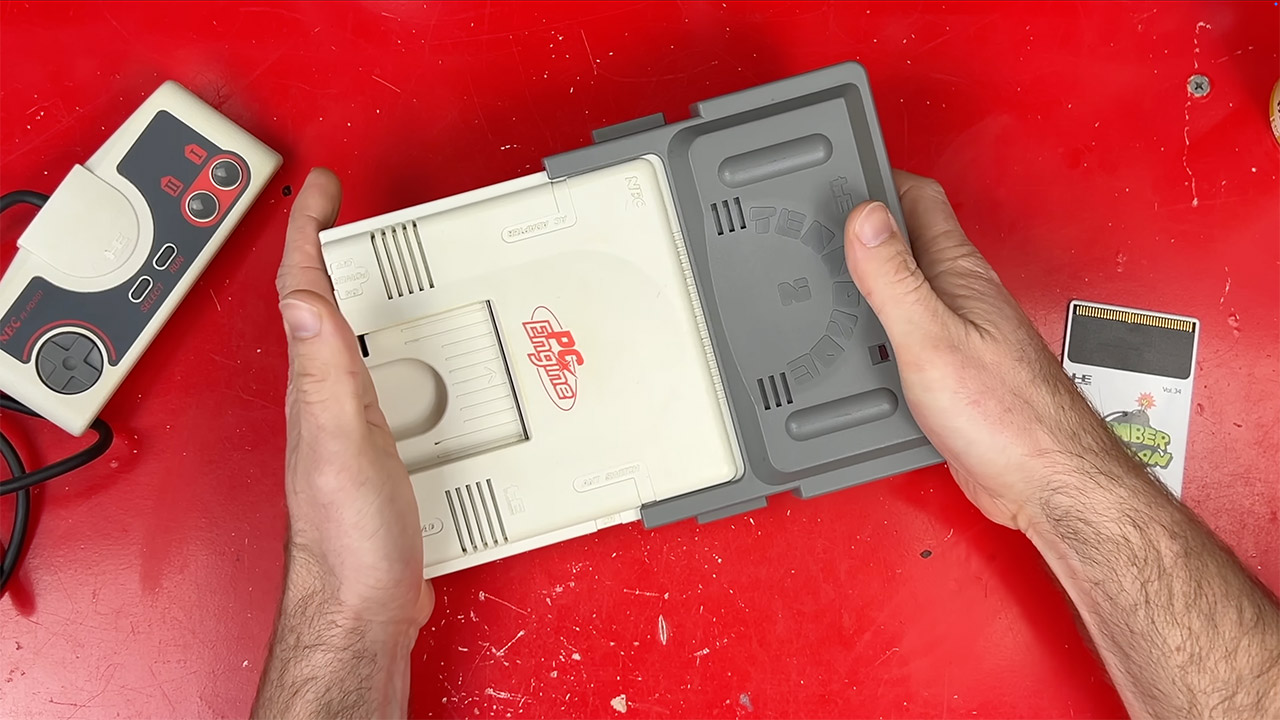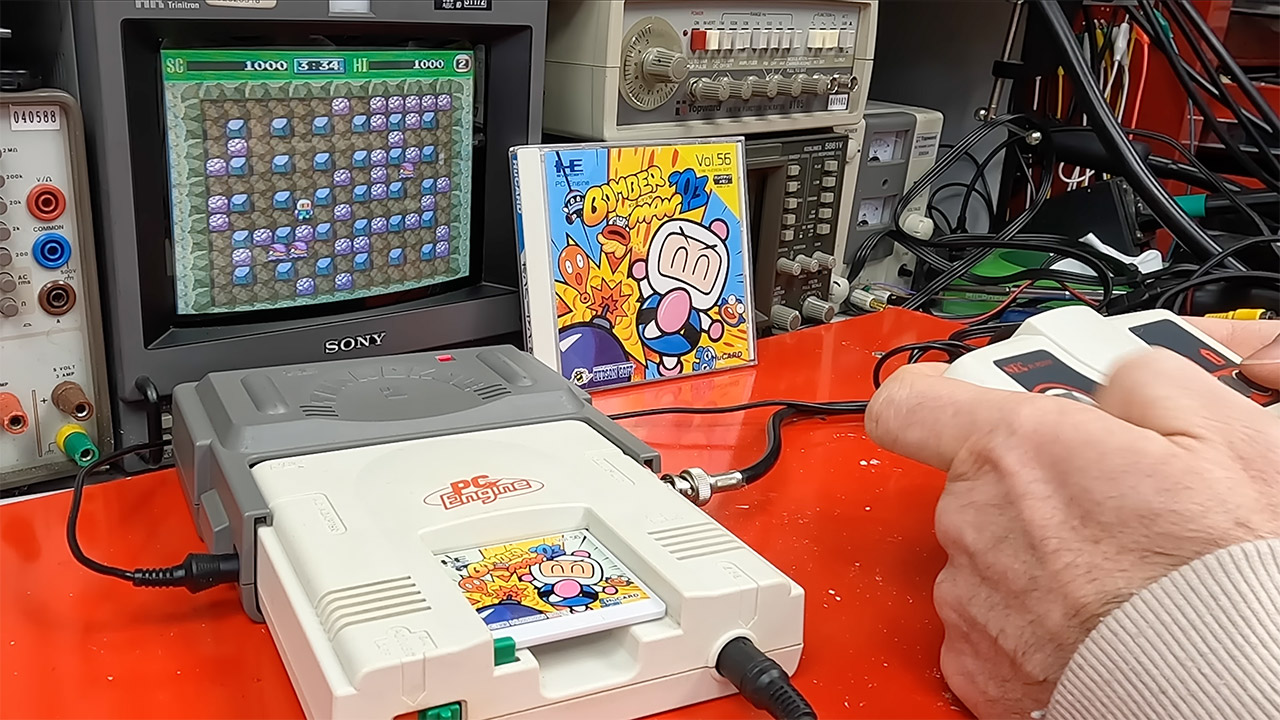
In 1989, Hudson Soft unveiled a peculiar accessory for NEC’s PC Engine console, a device that feels like a time capsule from an era when saving your game was a luxury, not a given. Meet the Ten no Koe 2, a memory bank that promised to preserve your progress in a world of fleeting passwords and fleeting patience. Its name, translating to “Voice From The Heavens,” nods to a mythical save system from Hudson’s Famicom classic, Momotarou Densetsu.
Saving games in the late ’80s was a messy affair. Most consoles relied on cumbersome password systems—strings of letters and numbers you’d scribble down, praying you didn’t miswrite a single character. The PC Engine, a compact powerhouse launched in 1987, was no exception. Its HuCard games, sleek as they were, lacked onboard memory for saves. Hudson Soft saw the problem and delivered the Ten no Koe 2, a peripheral that plugged into the console’s rear expansion port to give players 2 kilobytes of storage. That’s right—2kB, a number that sounds laughably small today but was a game-changer for titles like Neutopia or Dragon Slayer. The “2” in its name wasn’t a sequel flex; it simply denoted the storage capacity, as no “Ten no Koe 1” ever existed.
- 2.4G wireless gamepad for your PC engine mini, turbografx-16 mini, PC engine coregrafx mini system
- Nintendo Switch compatibility with 2.4G USB receiver (included)
- Includes 2.4G USB receiver

Physically, the Ten no Koe 2 is a chunky, utilitarian box that screams ’80s tech optimism. It’s about the size of a small paperback, with a grey plastic shell that clips onto the back of the PC Engine. Two AA batteries power it, keeping the static RAM chip alive to hold your save data even when the console’s off. A red LED flickers to warn when those batteries are running low, urging you to swap them before your progress vanishes.

Once attached, it enabled compatible HuCard games to store progress directly to its 2kB SRAM. Games like Bomberman or Dungeon Explorer could save your high scores or campaign progress without forcing you to jot down a 32-character code. But managing those saves required an extra step: the Ten no Koe Bank HuCard, a separate cartridge that acted as a file manager. Pop it into the PC Engine, and you’d get a Japanese-language interface (sorry, no English localization) with options to back up, restore, or erase saves. This card could even copy data to itself, a safeguard for when you needed to swap batteries or move saves to another Ten no Koe 2.

For collectors today, the Ten no Koe 2 is not rare—eBay listings and Japanese auction sites like Satakore show it’s still obtainable for a reasonable price—but it’s often misunderstood. Some buyers mistake it for an AV booster or expect it to work without the Ten no Koe Bank HuCard. Others are puzzled over its lack of a save interface, not realizing games handled saves automatically unless you used the management card.










